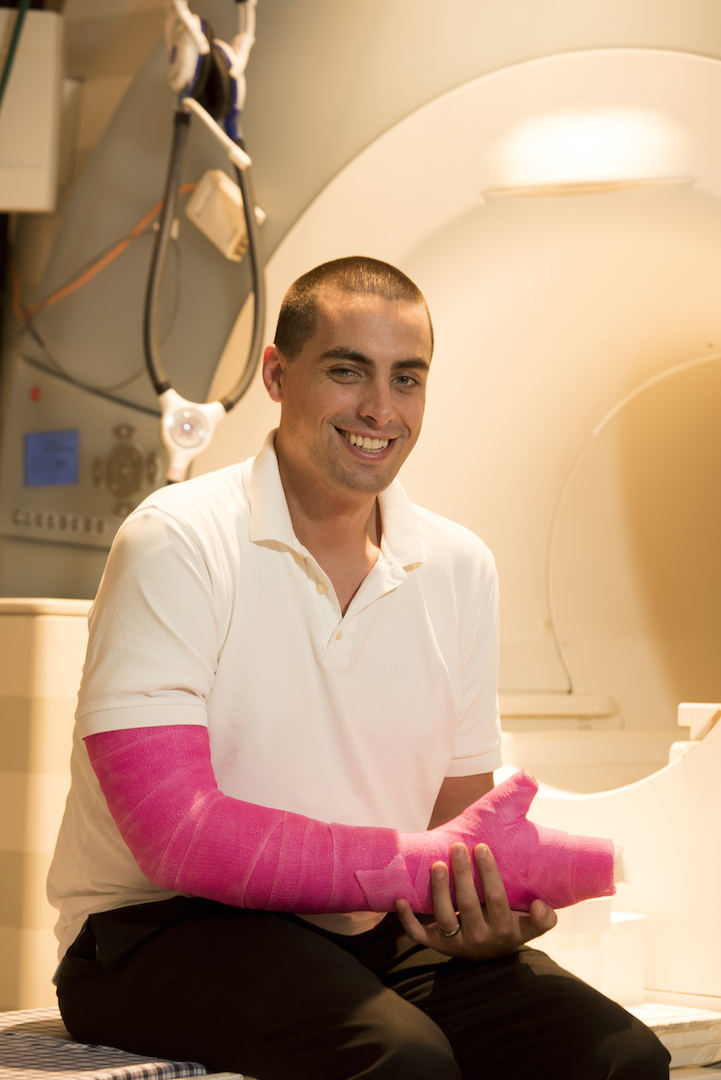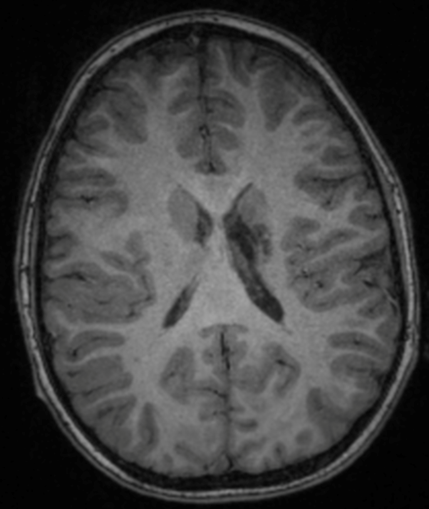Precision functional mapping (PFM) of individual human brains
Individual brains differ in the details of their network organization. Therefore, we have moved away from averaging neuroimaging data across groups of people. Instead, we collect larger amounts of high-quality functional and structural MRI data for each individual. This allows us to generate precise individual-specific functional network maps of human brains. The Midnight Scan Club project collected many hours of high quality, multi-modal MRI data in 10 young adults (24-34 yo; 5F). Even this small, homogenous sample revealed common variants in the brain’s global network organization. This PFM approach also revealed the previously unrecognized Somato-Cognitive Action Network (SCAN), which forced a revision of Penfield’s classical motor homunculus.






